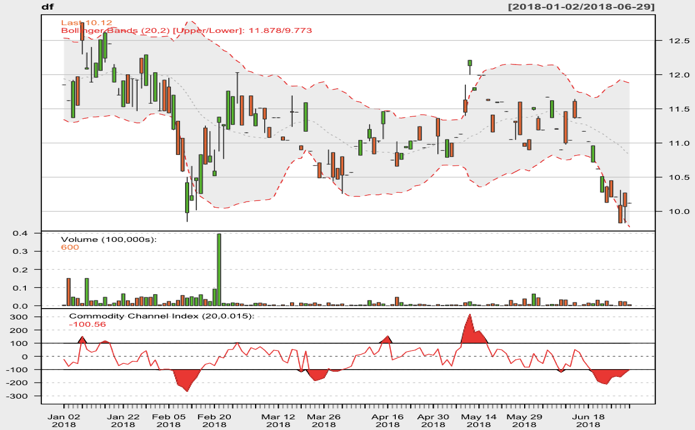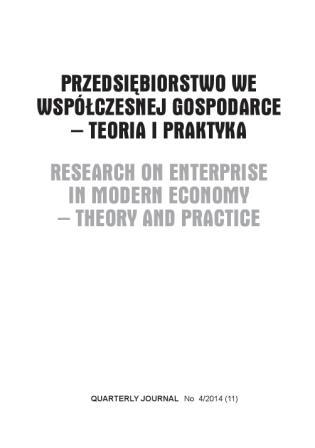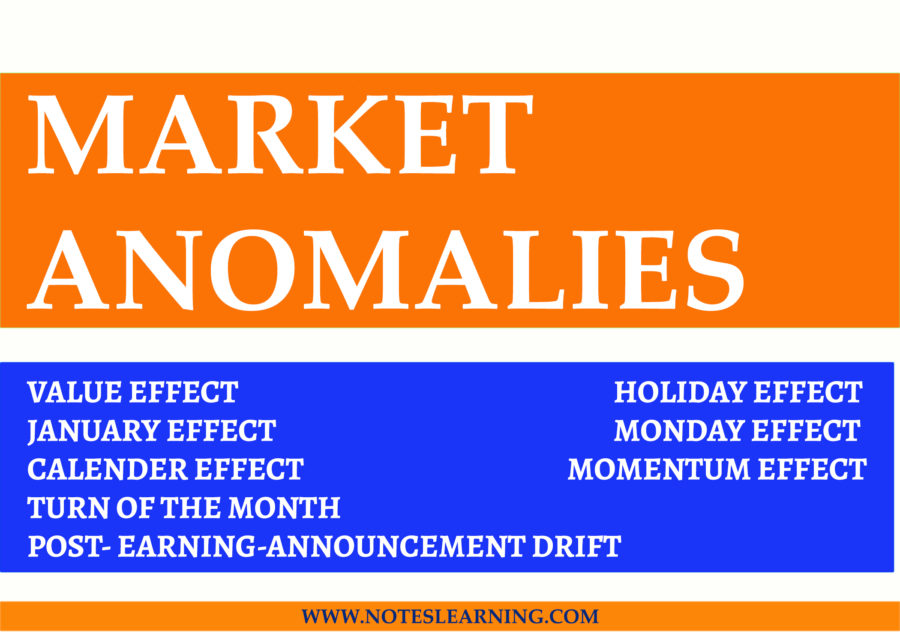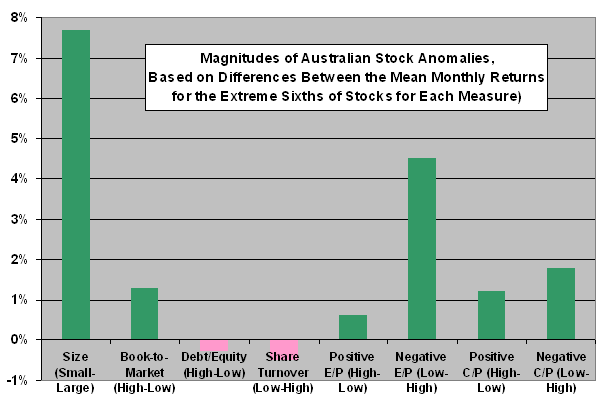A stock market anomaly is a deviation from the expected or predicted behavior of the stock market. These anomalies can take many forms, and they can be caused by a variety of factors. Some common examples of stock market anomalies include the January effect, the small firm effect, and the weekend effect.
One of the most well-known stock market anomalies is the January effect, which refers to the tendency for small-cap stocks to outperform the market in the month of January. This anomaly is thought to be caused by a combination of tax-loss selling and window dressing by fund managers. Tax-loss selling occurs when investors sell off underperforming stocks at the end of the year in order to offset capital gains and reduce their tax liability. Window dressing is the practice of fund managers selling off underperforming stocks and buying more of the winners in order to present a more favorable portfolio to investors at the end of the year. These two factors can create buying opportunities for small-cap stocks in January, leading to outperformance.
Another stock market anomaly is the small firm effect, which refers to the tendency for small-cap stocks to outperform large-cap stocks over the long-term. This anomaly is often attributed to the fact that small-cap stocks are less well-known and less widely followed, which makes them more vulnerable to mispricings. In addition, small-cap stocks may be more agile and able to adapt to changing market conditions more quickly than larger firms.
The weekend effect is another anomaly that refers to the tendency for stocks to perform poorly on Mondays following a weekend. This anomaly is thought to be caused by the release of negative news over the weekend that can impact the market on Monday. In addition, the lack of trading activity over the weekend can lead to increased volatility on Monday as traders adjust their positions.
While these anomalies may offer opportunities for investors to outperform the market, it is important to note that they are not reliable predictors of future performance. In addition, it is worth noting that not all experts agree on the existence or cause of these anomalies, and some argue that they may be the result of chance rather than any underlying fundamental factors. As with any investment strategy, it is important to do thorough research and carefully consider the risks and potential rewards before making any decisions.
Market Anomalies

They seek to give assurance to market participants. The following graphic from Strategy: There is evidence that the small firm effect has weakened. According to a paper by Explanation The most popular explanation for PEAD is that investors typically under-react to earnings surprises and it takes time for the new information to be priced into the market. Alternatively, you can use accruals as just one factor in a multi-factor investing model. Stock Market Anomalies — Small Companies The reason stocks of smaller companies tend to do better, if not for just a little while, makes economic sense. This explanation would be very reliable if fourth-quarter losers always outperformed in January, but this doesn't happen often enough to make buying December's losers in January a profitable strategy.
Investor Home

Stocks that did really well last year benefited from a lot of investor enthusiasm on the way up. Quadruple Witching Effect Quadruple witching is the peculiar name given to the third Friday of every March, June, September and December. Familiarity bias can occur in so many ways. When a company undergoes severe hardship and becomes distressed, many investors react by selling shares and this can drive the stock price below fundamental levels. Market anomalies are only valid if they are consistent over long periods of time and not the result of data mining or examining data with the intent of developing a hypothesis. Overreaction and Momentum Anomalies The overreaction effect or anomaly states that a firm with poor stock returns over the previous three or five years has better subsequent returns than firms that had high stock returns over the prior period. When the markets are tumbling and small cap stocks are falling faster, it makes even more sense to buy for your long-term portfolio.
7 Market Anomalies Every Investor Should Know

Billy Williams is a 25-year veteran trader and author. Small stocks had an average annualized return of 15. FOMC Drift Effect A 2011 study commissioned by the The paper, which won first place in the 2015 Amundi Pioneer Prize, shows how US stock indices generally drift higher in anticipation of FOMC meetings. More recent studies have failed to discredit momentum as a viable market anomaly. Financial Review, 33 3 , 115—128. Stocks that have performed poorly in the past three to five years demonstrate superior performance over the next three to five years compared to stocks that have performed well in the past. Hold for up to four months to capture the full reversal.








